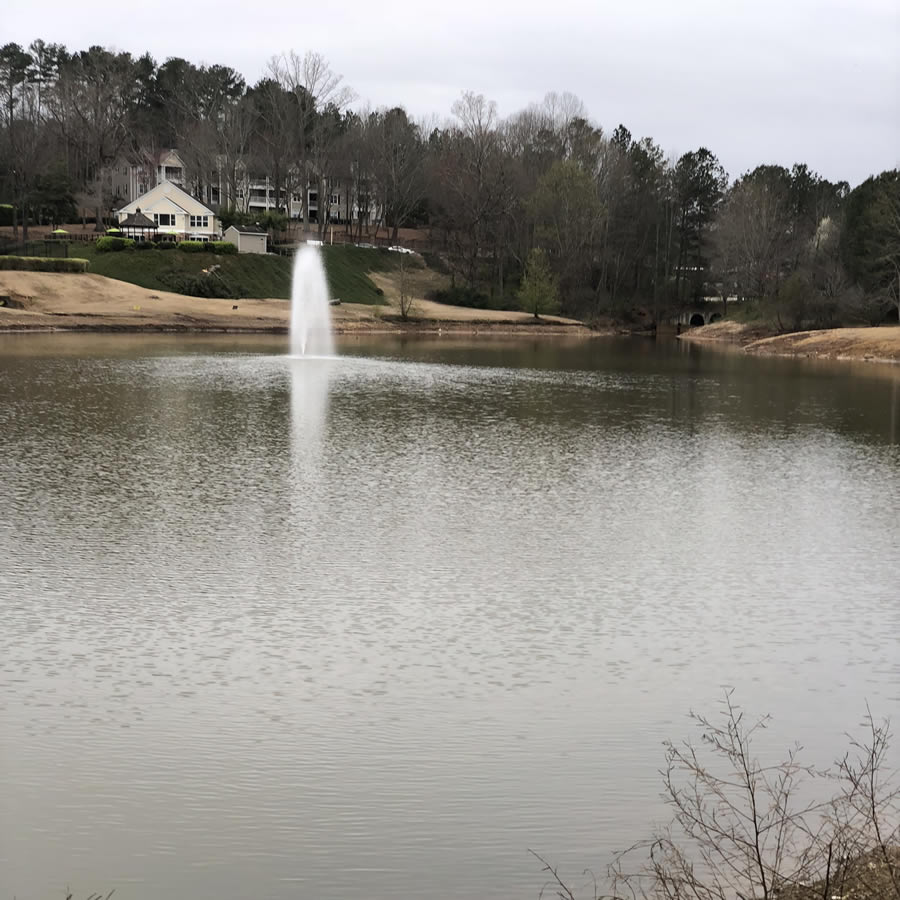
Ponds and lakes are often the crown jewels of a property; they provide a serene beauty and a habitat for wildlife. But because these water bodies are relatively static, they can become stale and unhealthy over time. Aeration is crucial for maintaining the health and vitality of your pond or lake.
In this article brought to you by Aquatic Restoration, we'll explore a few types of pond aerators and their maintenance requirements. We want to make sure your water body stays fresh and thriving. If you’d rather consult with a pond maintenance specialist, then call Aquatic Restoration. We’re an established company with decades of industry experience and uniformed, dedicated professionals.
Aeration simply means introducing air into the water, which helps increase oxygen levels and promotes the overall health of the pond or lake. This simple act comes with many benefits:
You have several options when choosing a pond aerator, and each is suited to different water bodies and maintenance needs. Common types of pond aerators include surface aerators and subsurface aerators.
Surface aerators agitate the water's surface and create a fountain-like effect that helps mix air into the water. These aerators are highly effective at increasing oxygen levels in the upper layers of small to medium-sized pond.

Regular cleaning and seasonal inspections are crucial for surface aerators. Ensure the intake and impeller are free of debris, and check for wear and tear, especially after winter storage.
Then there are subsurface aerators. Also known as diffused aerators, these use air compressors to pump air through diffusers placed at the bottom of the pond. The air bubbles rise to the surface, bringing oxygen-rich water from the bottom layers up to mix with the entire pond.
These are typically necessary for larger ponds and lakes that need thorough oxygen distribution from top to bottom. Maintenance is a little heavier. Some requirements include checking the air compressor, cleaning diffusers, and replacing air filters.
Regardless of the type of aerator you use, regular maintenance is essential to ensure they operate efficiently and effectively. Here are some of our general tips:
If you’d like to leave your lake or retention pond maintenance to the professionals, then call Aquatic Restoration to schedule an appointment today. Our team is on standby to take your call or message.
Owning waterfront property is a dream come true for many people. Everything from the stunning views to a relaxing lifestyle…
Algae and contaminants are hands down among the most common and frustrating problems that pond owners face today. Excessive algae…
Recreational lakes are valuable community and private assets, offering opportunities for boating, fishing, swimming, and relaxation. Over time, however,…
Stormwater ponds form a part of modern stormwater management systems. As the name suggests, they collect and manage runoff from…
Sediment buildup is one of the biggest threats to lakes and ponds. It not only impacts water quality but also…